Dr. George Bitar, MD, FACS, is an internationally renowned, board-certified plastic surgeon who consistently strives to stay at the forefront of his field, acquiring the latest techniques and technologies. He combines prestigious training, a finely honed eye for artistry, and an unwavering commitment to excellence to deliver an outstanding patient experience for those in Fairfax, VA, and beyond, including Washington, DC. As an award-winning, fellowship-trained body contouring expert, Dr. Bitar has successfully performed over 20,000 procedures and has been lauded as a top breast surgeon in the Washington Metropolitan Area. He pursued an elite fellowship in cosmetic and breast surgery, training with many notable surgeons, including Dr. Ivo Pitanguy in Rio de Janeiro, Dr. Marchac in Paris, Dr. Mendelson in Melbourne, Dr. Widgerow in Johannesburg, and Dr. Ellenbogen in Beverly Hills.
At the Bitar Cosmetic Surgery Institute, we take pride in providing our patients with the best possible surgical experience, emphasizing patient safety while striving to optimize surgical results. This process includes comprehensive preoperative preparation and patient education, the development of a personalized operative plan, and a thoughtful postoperative care regimen that emphasizes patient comfort and promotes recovery.
The Institute has adopted several strategies to further ensure patient safety. We are selective and only offer surgery to patients whose overall health and lifestyle choices allow for healing and facilitate recovery. To minimize risk, we require a comprehensive preoperative assessment that includes a thorough history and physical examination, as well as targeted laboratory tests.
All surgeries are performed in-house at our AAAASF-accredited surgical suite, representing the gold standard in patient safety and care. This certification ensures we meet the highest standards, with board-certified anesthesiologists and nurses on-site, adhering to strict protocols to minimize risks and optimize outcomes. Dr. Bitar is committed to continuing education, refining his skills, and introducing new techniques, all with the goal of enhancing safety and surgical outcomes.
We emphasize patient safety in our peri-operative care plan, advocating early mobilization, optimizing nutrition, and providing detailed care instructions. After surgery, patients are seen in our office frequently and early, starting the day after their procedure, and a staff member is available around the clock for any questions or concerns. Our entire team is dedicated to our patients’ well-being, and every measure is designed to minimize potential complications, promote a comfortable and rapid recovery, and optimize surgical outcomes.

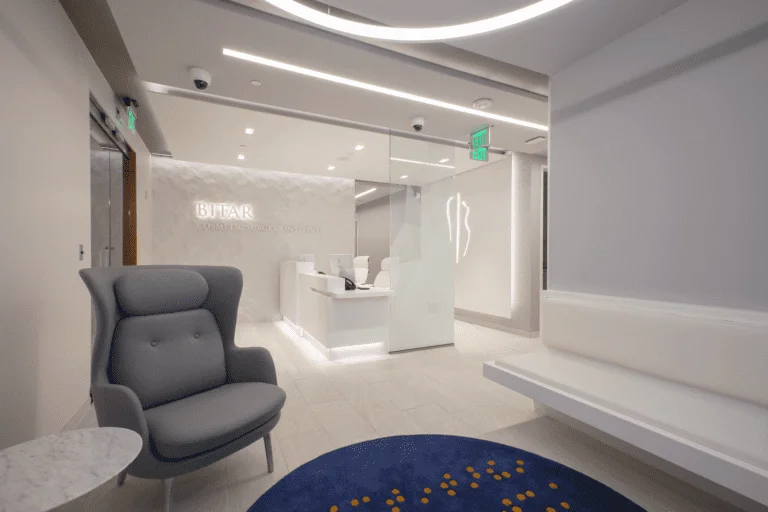

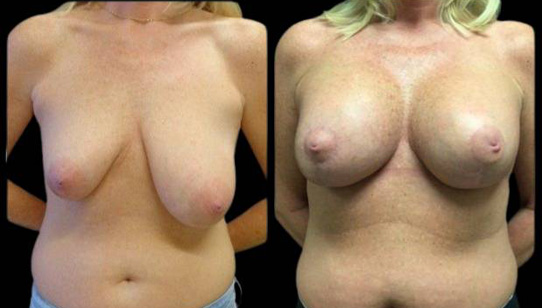
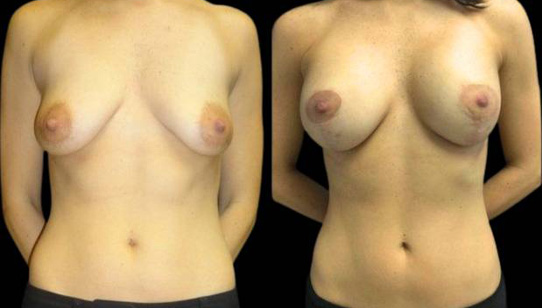
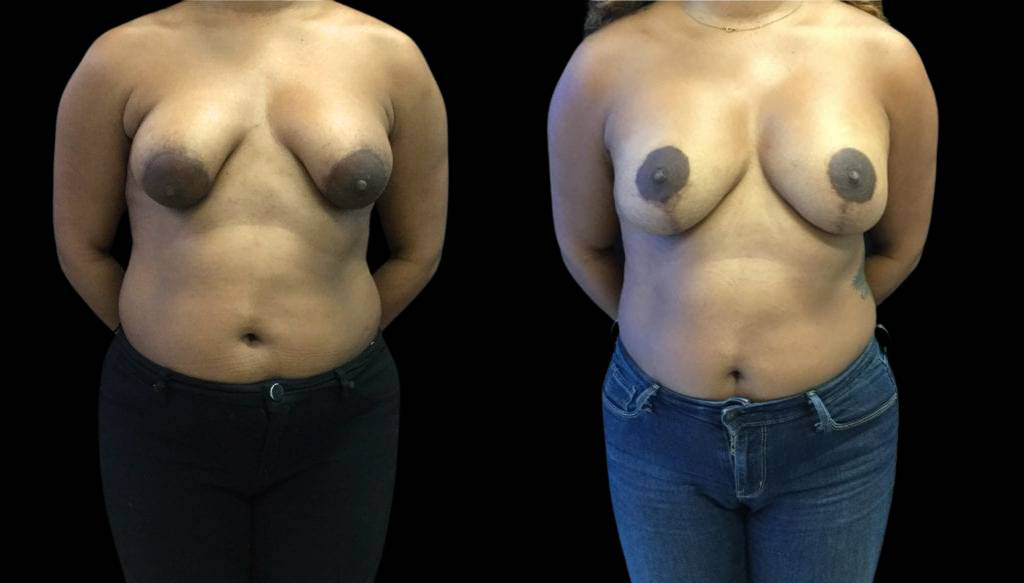
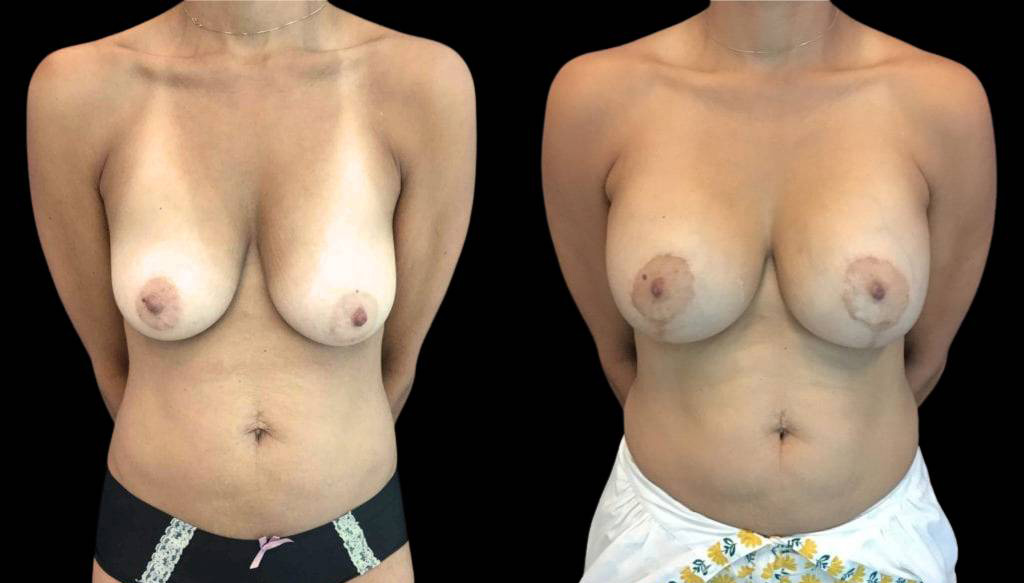
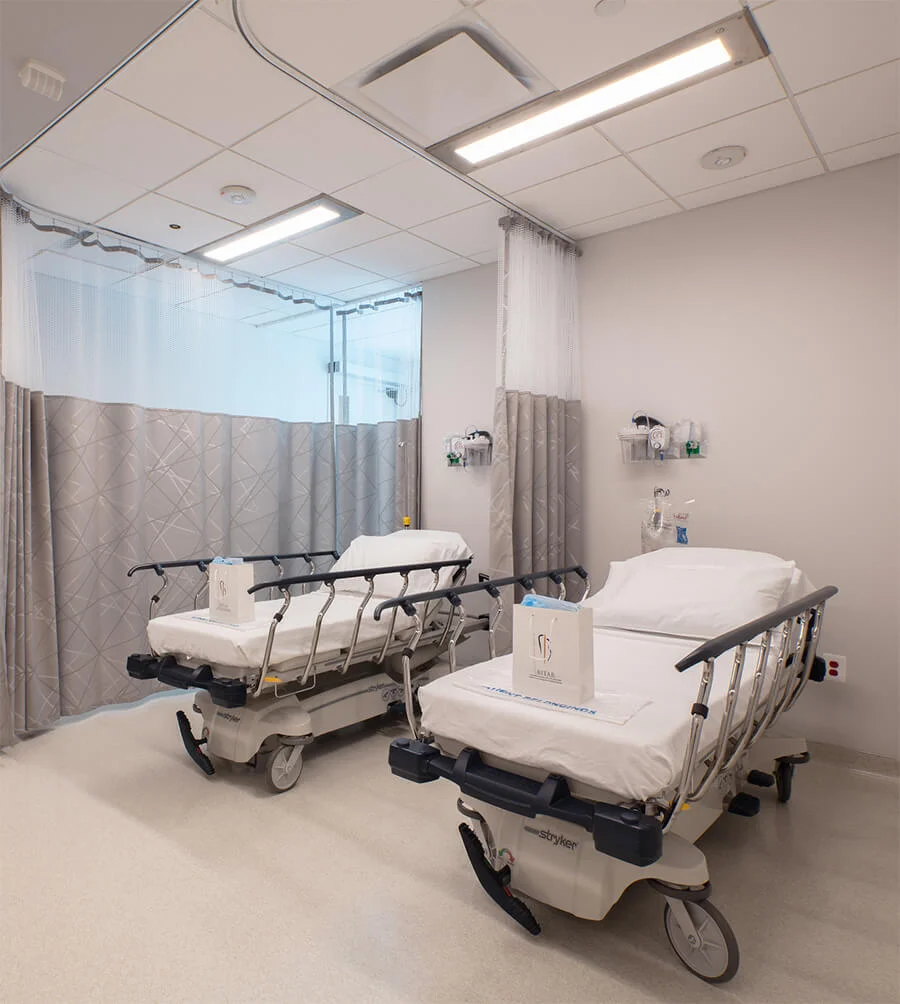
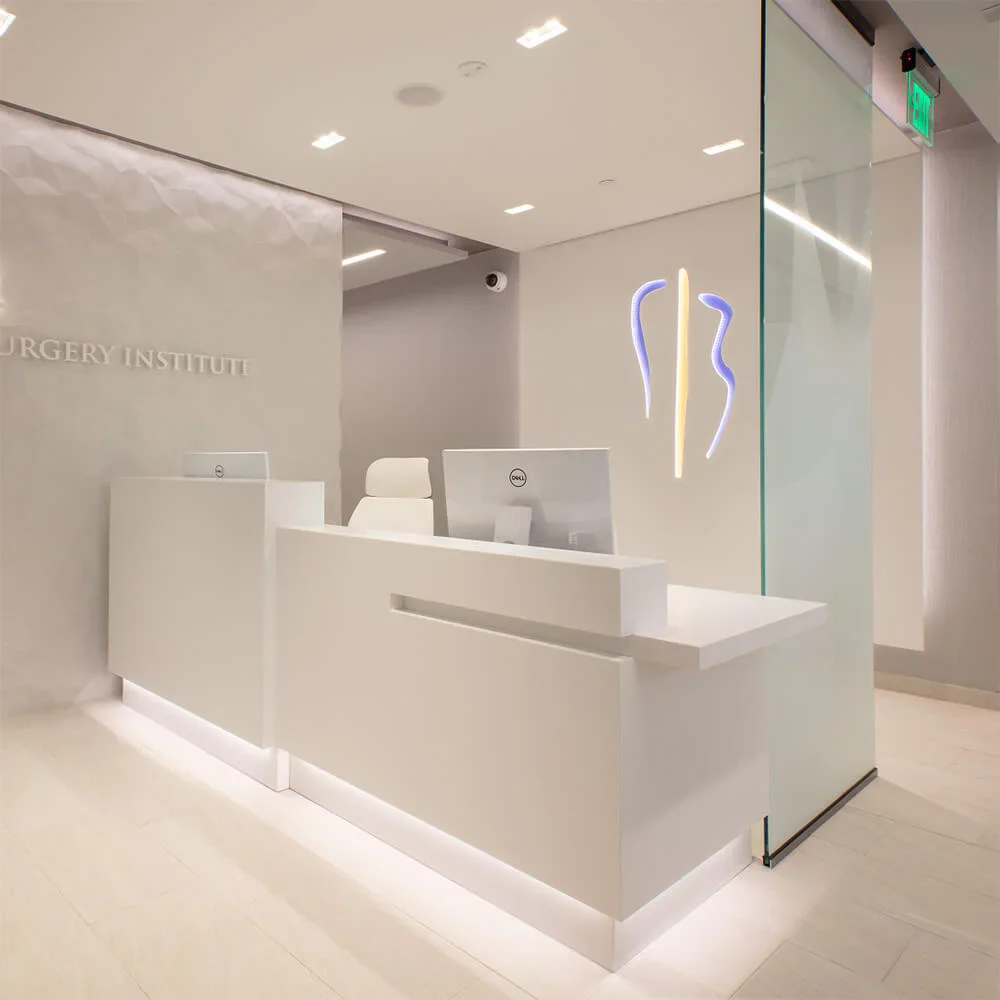
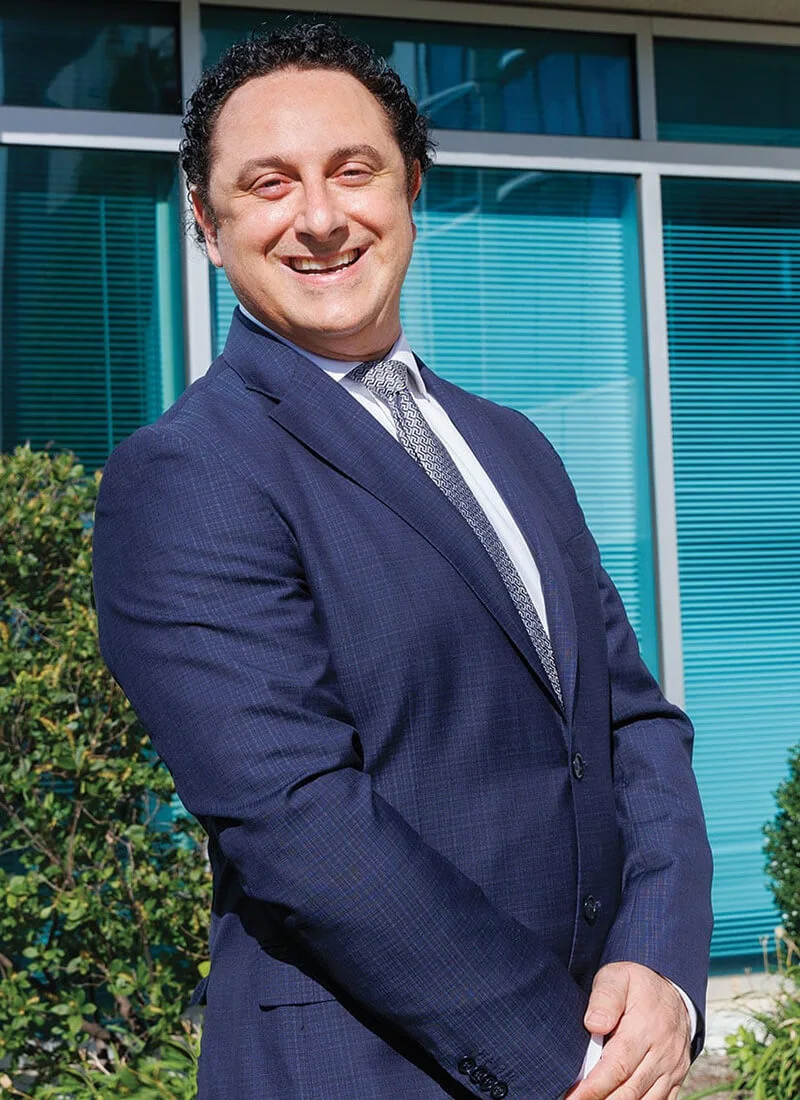

“Natural beauty but doing a little somethin’ somethin’ to make beautiful features pop is what the Model Lift™ accomplishes.”
–
Dr. George Bitar
Follow Us On Social Media